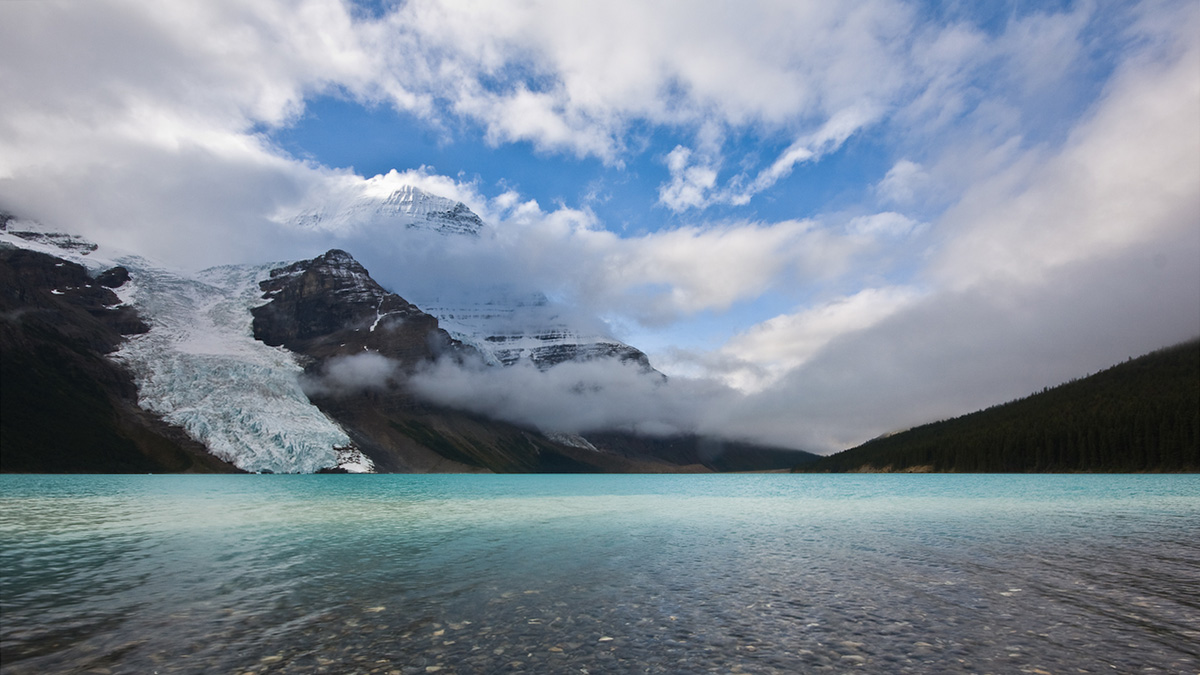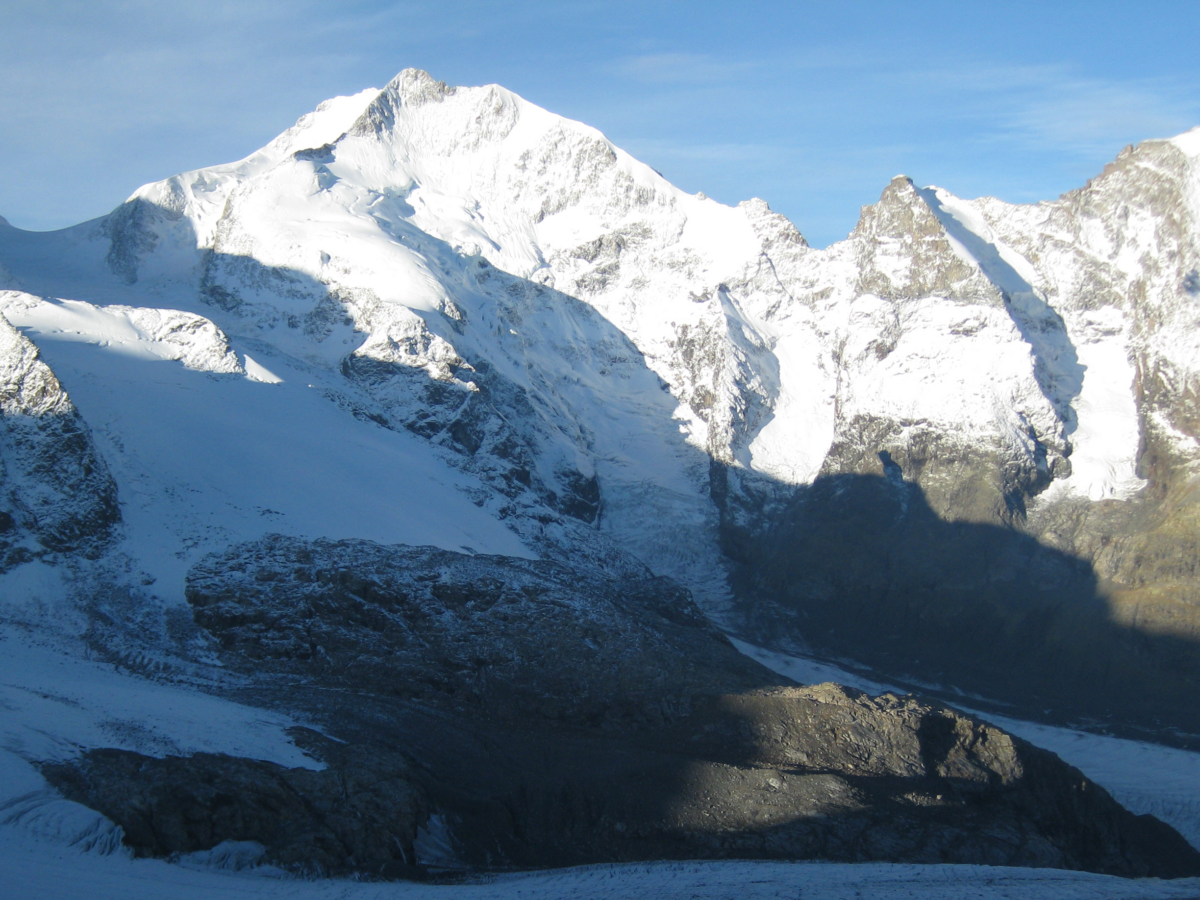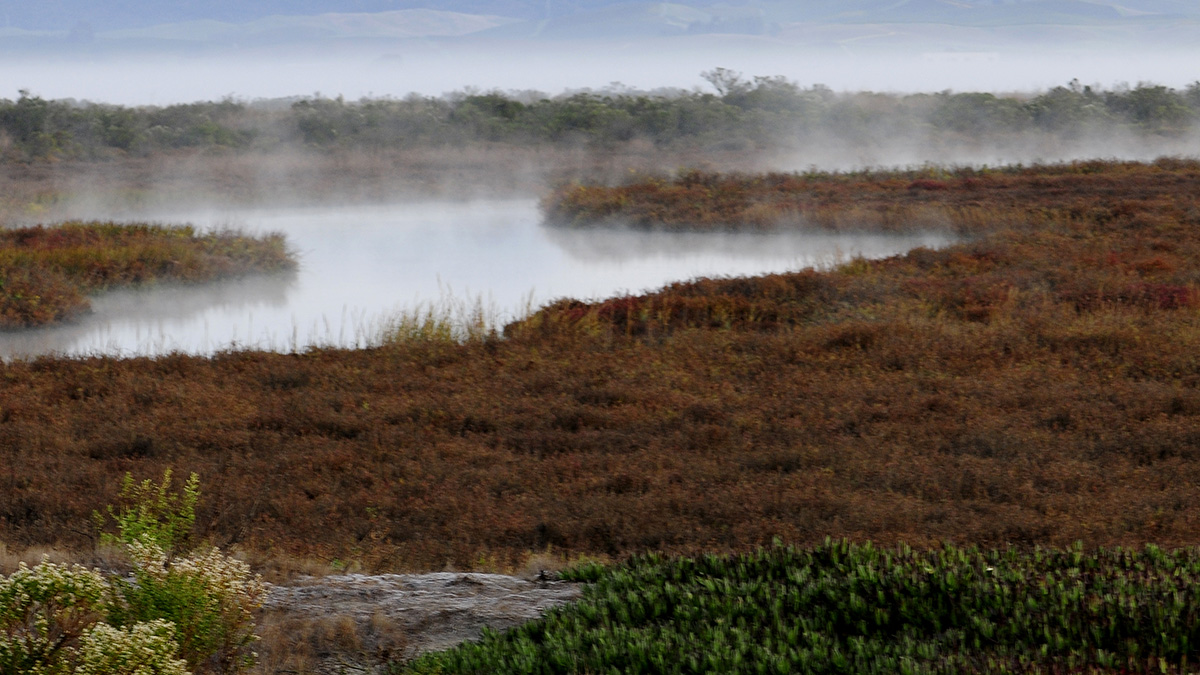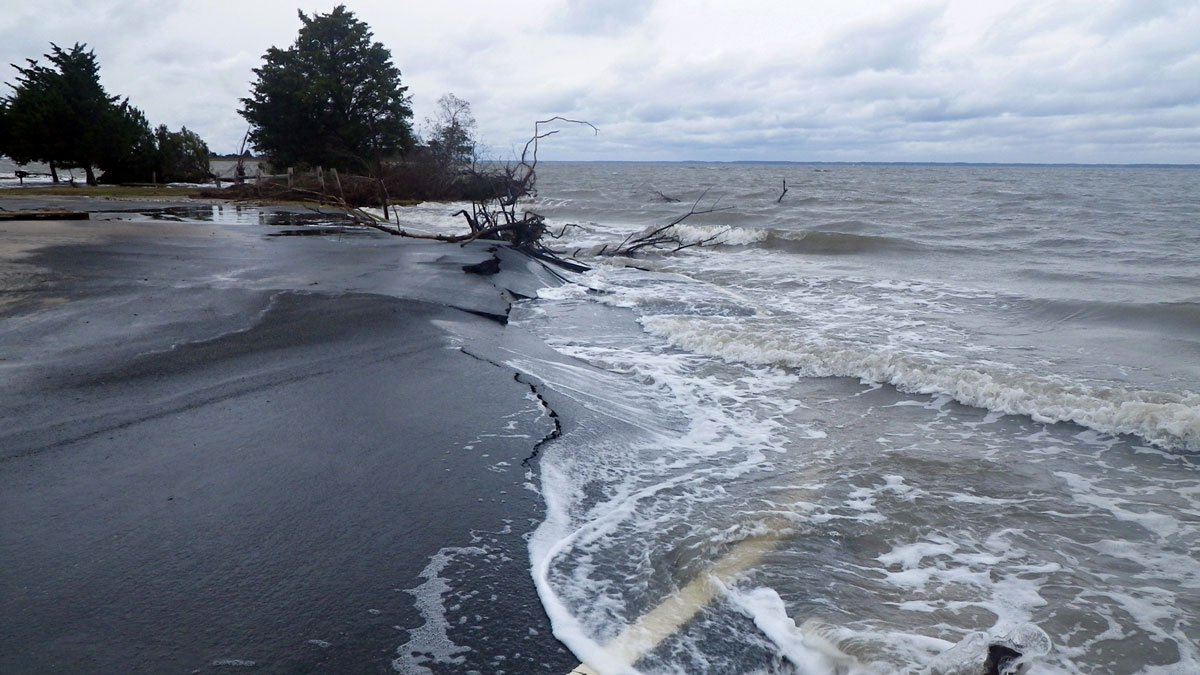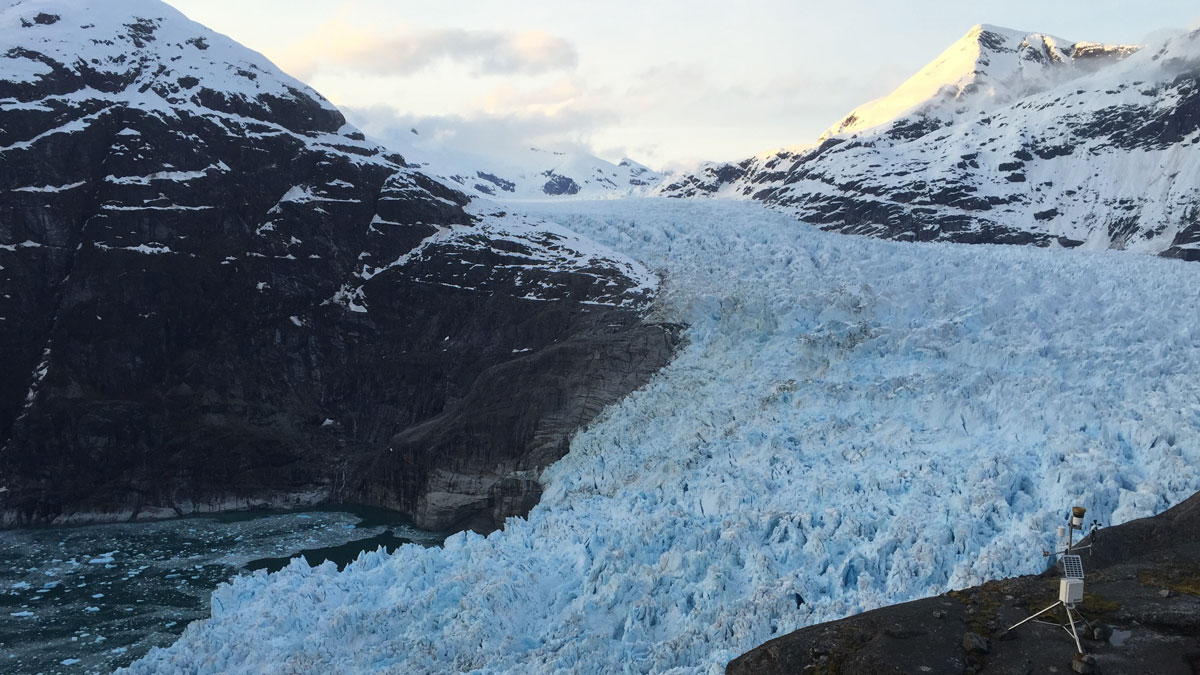Radar data reveal where, when, and how fast the base of the Filchner-Ronne Ice Shelf has been losing mass in recent years.
sea level change
Seafloor Reveals a Period of Rapid Retreat for Thwaites Glacier
New high-resolution seafloor imagery shows a series of delicate ridges produced by the glacier’s front as it bobbed daily with the tides, revealing a recent period of rapid retreat.New high-resolution seafloor imagery shows a series of delicate ridges produced by the glacier’s front as it bobbed daily with the tides, revealing a recent period of rapid retreat.
When Projecting Coastal Resilience, Sediment Compaction Is Key
The addition of new sediment helps build up lowland environments like deltas and marshes, but it also compacts materials beneath it—a vital, but often overlooked, factor in landscape evolution studies.
Tracking Subsidence on Deltas With Fiber-Optics
Fiberoptic strain meters capable of measuring micron-scale subsidence reveal a Holocene sediment package on the Mississippi Delta that is mostly stable.
Models Oversimplify How Melting Glaciers Deform Land
When glaciers melt, the land below deforms. Sea level data show that widely used models oversimplify the process.
Modeling the Ice Flow and Evolution of Glaciers
Glaciers are crucial water resources and important sea level contributors. To accurately model glacier evolution, their mass balance and ice flow processes must be accounted for.
Seashells and Penguin Bones Reveal Thwaites Glacier’s Quiet Past
Antarctica’s Thwaites and Pine Island Glaciers are melting faster than they have in the past 5,500 years, new evidence shows. Against expectations, their pasts have been remarkably stable.
Atmospheric Rivers Help Coastal Wetlands Build Up Sediment
Accounting for these storms and flooding can help experts predict and respond to rising sea levels.
Sea Level Science and Applications Support Coastal Resilience
Known for precise, planetary-scale measurements, NASA is improving its decades-long effort to observe and understand sea levels to help communities prepare for the effects of Earth’s rising ocean.
Glacial Knowledge Gaps Impede Resilience to Sea Level Rise
Changes to the support, culture, and community organization of U.S. glaciology are needed to advance understanding of glacial change and better predict rising seas and other ice loss impacts.





